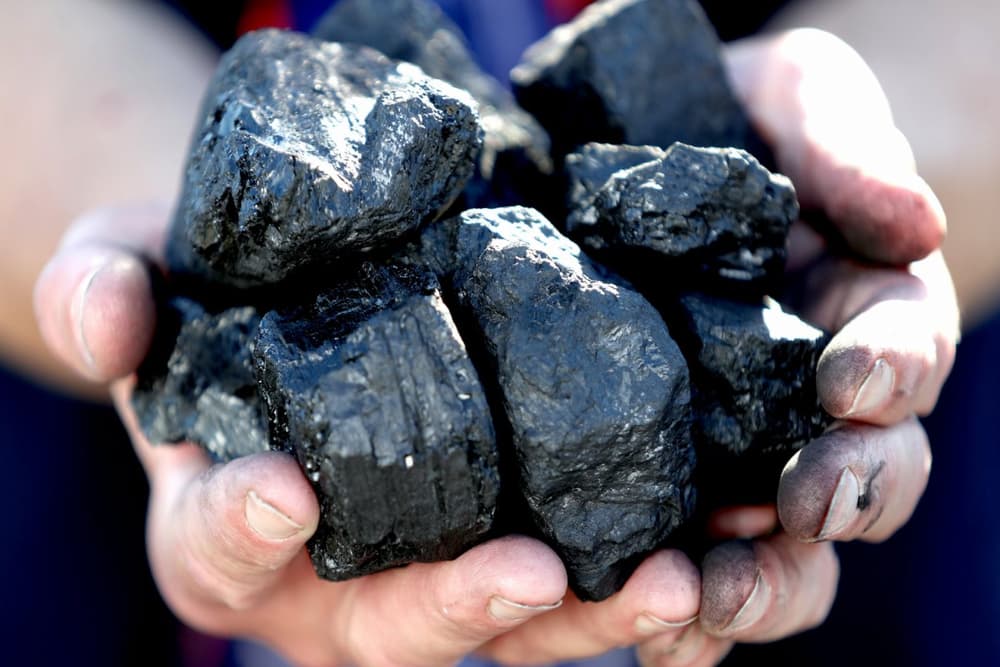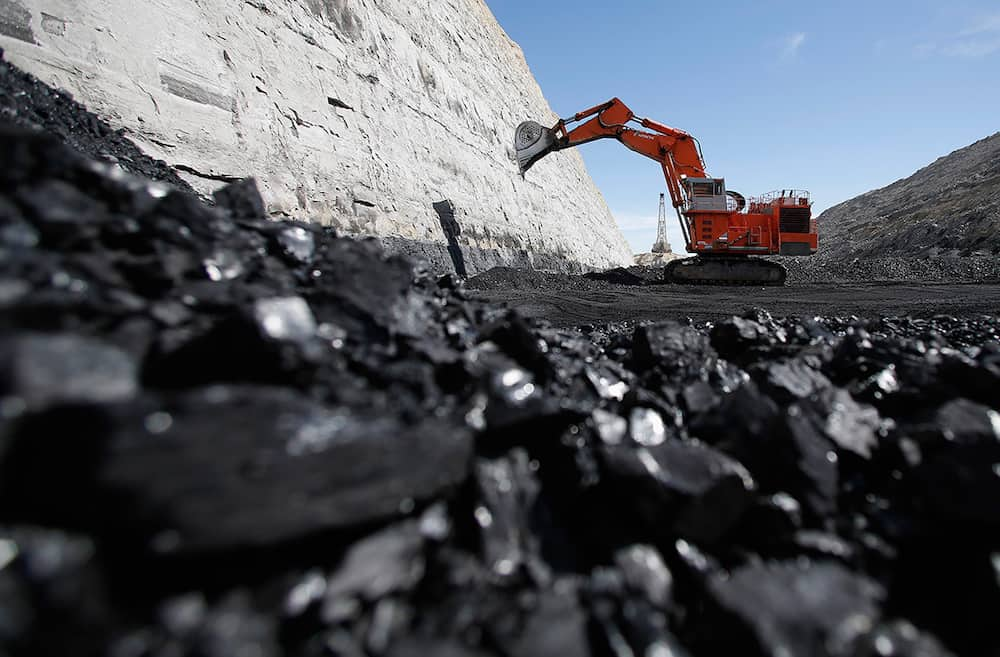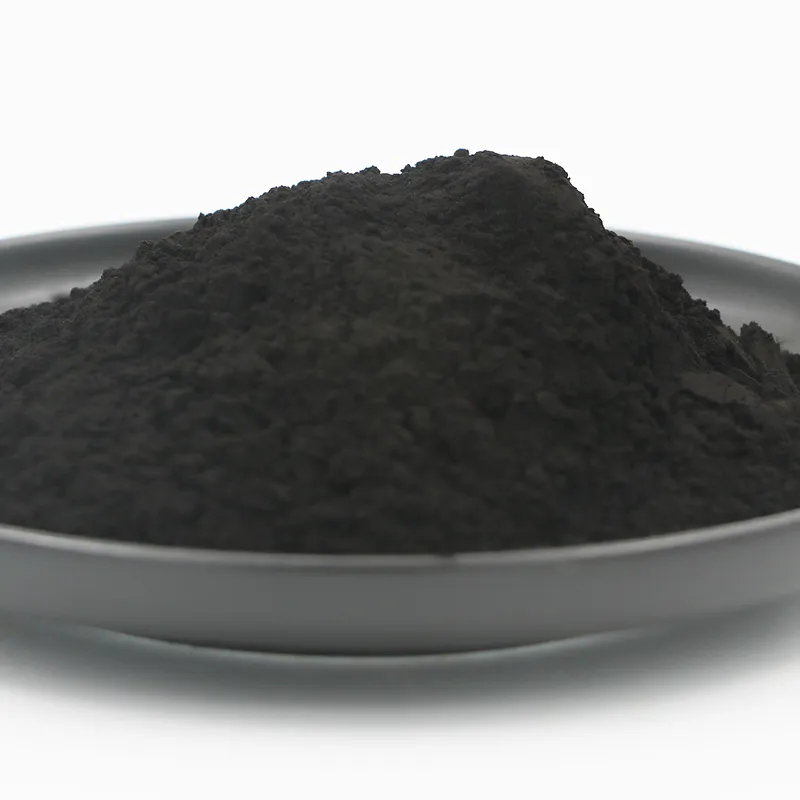Introducing gilsonite for ink and paint + the best purchase price
The application of gilsonite in the manufacture of inks and the oil/gas industry is very important
Gilsonite is used in slurry cementing chemicals to provide density control, abrasive action to remove slurry and to support compressive strength development
It has a unique interaction with oil shale to increase the growth and strength of cement binders
Printer ink is a mixture of carbon black and pitch, so with the help of gelatin, this compound becomes more viscous and its durability is much longer
A large amount of gilatine is used in the production of newspaper inks, also known as organic inks
The most important factors in which gilsonite can be used are low fineness and less than 3% ash
The most important thing in ink making is to simplify the material and its stabilizers
Gilsonite can be made into inks, the most famous of which are printing inks, newspaper inks, printing inks, lithographic inks, offset printing inks, gravure, caster and flexo inks
In the oil and gas industry, drilling fluids or drilling fluids perform a variety of functions that affect drilling speed, cost, efficiency, and drilling operator safety
There are many types of drilling fluid systems to choose from, such as water-based mud, oil-based mud, stabilized foam mud, and air or air-based mud, from which the appropriate system can be selected
Major drilling mud additives include viscosifiers, fluid loss reducers, drilling fluid dispersants and corrosion inhibitors
Cement and cement additives are critical inputs to completing any oil and gas well
This page summarizes the applications of gilsonite in the asphalt coatings/inks, oil/gas, paints and wood coatings industries
It contains a detailed chart that highlights the market, along with sample formulations, mixing instructions, product performance data, and more

Gilsonite in ink & paint
Gilsonite can be used to make inks and paints
This substance is used in asphalt-based paints
The high nitrogen content in natural asphalt improves its curing properties and UV stability
This product is mainly used to coat exterior surfaces and to create acid resistance
Gilsonite resins are widely used as carbon black based wetting agents for black news inks
Gilsonite is used as the main component of black and brown ink carbon black
It competes with oil-based hydrocarbon resins, phenolic resins and mineral resins
Gilsonite effectively seals permeable formations in ink and paints under very balanced pressure differentials
In this way, gilsonite helps prevent stuck tubes and loggers from getting stuck through these areas
The gilsonite is obtained by solvent extraction from the raw material, and is used as a wetting agent for black news ink, tempering ink and gravity ink
It is readily soluble in specialty products that are soluble in xylene, toluene, benzene and most solvents
The ink-free water contains a mixture of gel stone flakes and acidic fatty acids with carbon black pigmentation
Gilsonite has been used in the coatings industry for many years
It is used in asphalt-based paints
The high nitrogen content in gilatine increases UV viscosity and stability

This product is commonly used to cover exterior surfaces, as well as acid-resistant, car covers and body paints
Gilite’s black and brown pigments have many uses, including: for inkjet printers Use black ink and vivid ink black asphalt paint refined oil Covering metal structures such as aircraft and ships Dyeing of gas and gas pipes For asphalt-based coatings (enhanced color fastness to UV)
for inkjet printers Use black ink and vivid ink black asphalt paint refined oil Covering metal structures such as aircraft and ships Dyeing of gas and gas pipes For asphalt-based coatings (enhanced color fastness to UV)

Gilsonite oil & gas
Gilsonite in oil and gas well cementing is a very advanced technology
Cement and water slurries, with or without various additives, have been used for many years in cementing procedures that are carried out from time to time during the life of the well
With unmatched strengths in cement and drilling fluids, gilsonite is proven under pressure
Gilsonite has a unique combination of strength, flexibility, adhesion and high temperature capability, adding properties to drilling fluids and cements in ways no other additive can
Gilsonite is the industry recognized standard for filtration control and is equally effective in controlling loss and improving wellbore stability
Cement is commonly used during drilling and completions to protect production areas, isolate and confine water areas, support wellbore walls, anchor casing, and control losses that cannot be overcome by methods associated with drilling mud circulation
These installers are often considered essential by diaspore additives
Gilsonite is used in drilling mud and cementing oil wells
Gilite, with a range of softening points and particle sizes, is a standard ingredient in petroleum-based drilling muds used in shale and other challenging geological formations
The addition of specially treated gelatine to water-based drilling fluids helps reduce hole drift by stabilizing troublesome shale and sealing high-permeability sand, while reducing torque and drag
The addition of gelatine to oil well cement reduces the weight of the slurry without loss of compressive strength and acts as an effective bridging and sealant for bridging fractures in fragile formations during consolidation
Additionally, diaspore is used in drilling muds according to FLC “filter loss control” or “fluid loss control” in oil-based muds
All common types of gelstone are highly incompressible and have a specific gravity close enough to that of water so that appropriately sized gelstone particles can be easily suspended in an aqueous liquid carrier
Therefore, gelsonite is used in powder form for this purpose
Particle size varies according to the characteristics of the wellbore
The softening point is very important because the gelatite must soften at a temperature above the well formation temperature
The recommended softening point is 150-180°C, and the particle size is 4-100
In fact, there are many process devices, and the most used is 200/200 (softening point/particle)
An important property of gelatine is its softening point temperature
In oil-based mucilage, it is used as a fluid loss control agent
In water-based slimes, it is used as an additive to stabilize shale, and is difficult to evaluate unless tested at or above the softening point

Gilsonite chemical
Gilsonite is combined with many other chemicals and materials that utilize its unique physical and chemical properties
Gilsonite is a complex system of various components, consisting of hydrocarbons and heterogeneous atoms
Four main chemical families are obtained after fractionation of gelatite by specific solvents: saturated, aromatic, resinous, and asphaltenes
The combination of pitch flakes (highly condensed pseudomonomers of carbon black bone, chemical functionalities and heteroatoms surrounded by aliphatic chains) leads to the formation of microstructures or “micelles”
They can also form groups
Adhesive and coating applications in metallurgy, woodwork, refraction and other industries demonstrate the versatility and usefulness of this wonderful material
Gilsonite, “Natural Bitumen, Natural Bitumen”, has a wide range of industrial applications in metal alloy processing, refractory materials, steel desulfurization, friction products, wood products, waterproof pipe coatings, adhesives, etc
It is a non-toxic, non-carcinogenic alternative to coal tar pitch and an economical alternative to mineral rubber
Gelsonite, “natural bitumen”, is used as a binder and admixture in steel desulfurization products
Contains consistent volatiles that enhance mixing of other desulfurization chemicals such as magnesium and slaked lime
You will also add carbon content to the steel and provide a reducing atmosphere when oxidizing at high temperatures
The gilsonite “Natural Asphalt” is used to make waterproof coatings for water pipes
It is a non-toxic natural resin with excellent adhesive properties
Chemically inert, corrosion-resistant pipe coatings can be made from sodalite, “natural bitumen, natural bitumen”
The wood products industry also uses “natural bitumen” gelsonite, as a trustee
It has excellent water and weather resistance
Since gelsonite is a hard resin, it can be made into very hard particleboard
Gilsonite is a “natural bitumen” resin that competes with petroleum hydrocarbon resins, phenolic resins, and mineral resins, all of which can be supplemented or replaced to varying degrees
We use various concentrations of gel resins to create illegal press inks with excellent gloss and adhesion properties
A special grade of gel stone called Select is also a standard ingredient in black ink formulations and used as an additive in asphalt coatings and varnishes
As for paints, if added to asphalt paints and varnishes, the unique qualities of gilatine improve roughness, gloss, and resistance to chemicals and weathering
Printing inks, hard pitch, “natural pitch, natural pitch” are important cost-effective ingredients for the manufacture of high-quality composites for dark printing inks

Gilsonite in coatings & stains
Gilsonite coatings are used in the automotive industry as chassis and body stains due to their UV resistance
This substance can impart useful properties to paints and coatings
Since this mineral is abrasive and chemically neutral, it is highly resistant to acids, water and chemicals
Therefore, it can be used in automotive radiators and waterproof coatings
By changing the colloid balance and removing oils and waxes from the bitumen, its properties change
If these oils and waxes are present on the surface, the gloss of the paint will decrease, and if these oils and waxes are transferred to the inner surface of the paint, the adhesion of the paint will decrease
These coatings are available in many formulations for a variety of applications
The high nitrogen content and natural properties of bitumen create adhesion in gelatine
This feature allows these coatings to be used as anti-corrosion coatings and moisture protection coatings to protect materials
A special type of gel stone is also used to make black asphalt and polishing oils
Can also be used to prepare dark brown solutions for bituminous coating of gas and sewage pipes
Coloured bases and resins for interior and exterior oily penetrating wood stains
It is suitable for both fine and coarse wood, imparts waterproof properties to protective coatings and enhances natural wood grain
Excellent weather resistance, water resistance, corrosion resistance and discoloration resistance
In coating applications, gelsonite is often used with bitumen (bitumen)
In most cases, if diaspore is used alone, the final coating will be very hard and brittle when dry
If regular bitumen is used alone, the final coat is too soft and sticky

Therefore, a mixture of gelatine and bitumen is used to achieve the desired hardness (penetration) and drying time of the final coating
Gilsonite is blended with fatty acids and carbon black to enhance ink stack stability, increase ink viscosity, flow and penetration, while increasing production efficiency
The printed ink contains a mixture of stearite powder and long stearic acid, as well as carbon pigments
The ratio of sodalite to normal fatty acids may vary as the viscosity requirements vary due to differences in piston speed, the characteristics of the newspaper, etc




